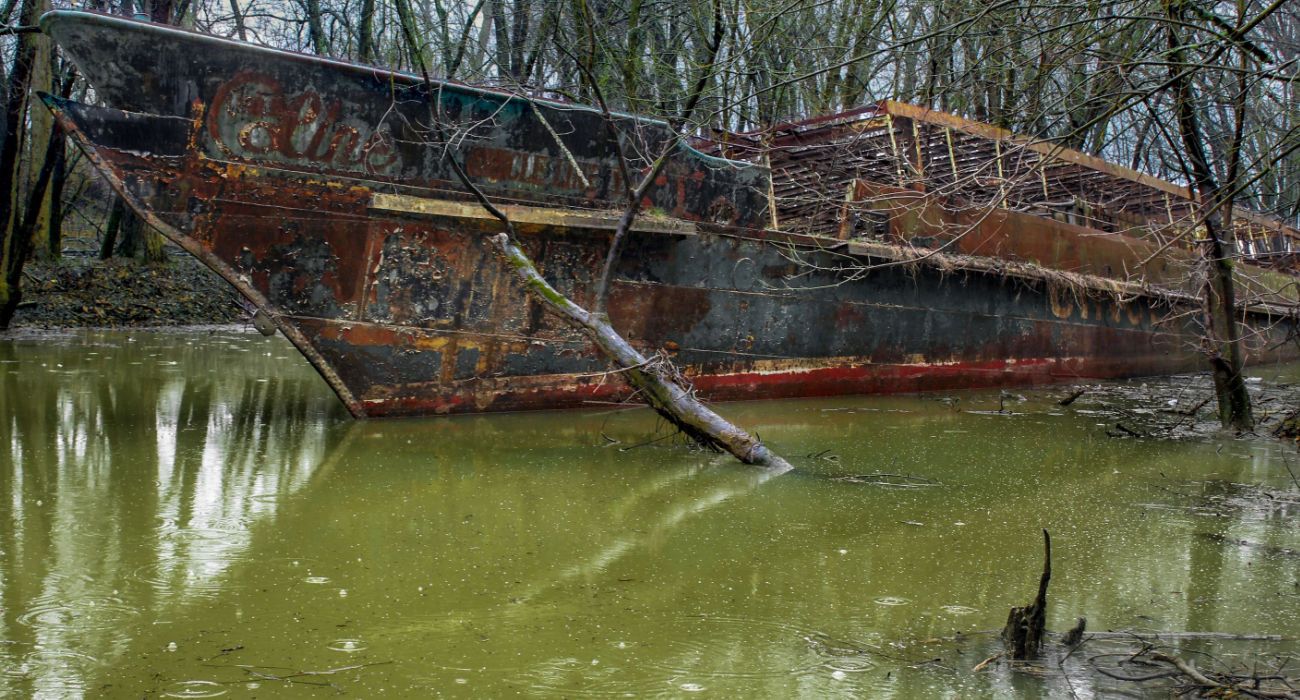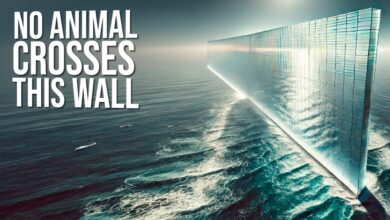The S.S. Sachem – Ghost Ship of the Ohio River

**For over 30 years,** a historic vessel has rested in a small creek off the Ohio River. Known as a “ghost ship” and a favorite for explorers and kayakers, her rich history has faded from public memory, except among dedicated enthusiasts. This ship, over 120 years old, served in both World Wars and has a link to the Lusitania disaster. Initially believed to have been built for President Theodore Roosevelt, it went by many names, including the SS Sachem.
**In this adventure,** we explore the ship, diving into her storied past. The Sachem’s history begins over 120 years ago at the Pusian Jones Shipyard in Wilmington, Delaware, which was known for producing revolutionary ships and racing yachts. The ship, Yard No. 306, was commissioned in 1901 by John Rogers Maxwell, a wealthy businessman who desired a luxury steam yacht. Named “Celt,” it was a 186-foot, 217-ton vessel.
**The Celt was launched** on April 12, 1902, and initially featured luxurious interiors and nine richly furnished state rooms. Over time, its grandeur faded due to repurposing. Maxwell’s death led to the sale of the vessel to Manson Metcalf, who renamed it “Sachem.” Metcalf used it privately until World War I, when the U.S. Navy took it for coastal defense and experimentation under Thomas Edison.
**During World War I,** the USS Sachem, equipped with experimental technology, became a floating research lab. Edison used it to develop advancements like camouflage and radar. After the war, it served in World War II, where it was renamed USS Phenacite and reconfigured for military use, including sonar training and coastal patrols.
**Post-war,** the Sachem returned to civilian use, first as a rum-running vessel during Prohibition, then as a charter boat. It was eventually sold to Captain Jacob Martin and later to the Circle Line sightseeing company. Renamed “Sightseer” and then “Circle Line 5,” it carried passengers around Manhattan for decades.

**By 1977,** after 31 years of service with the Circle Line, it was retired and left to deteriorate. Despite attempts to restore it, the ship continued to fall into disrepair. In 1986, businessman and maritime enthusiast Robert Miller purchased it, intending to restore it as a personal yacht, but the fate of the vessel remains uncertain.
This detailed narrative recounts the fascinating story of the ship Sachem and its final voyage. Here’s a summary:
**The Sachem’s Last Adventure:**
In the summer of 1988, Robert Miller undertook an ambitious journey to save the historic ship Sachem. After being renamed and used in Madonna’s music video for “Papa Don’t Preach,” the Sachem faced mounting problems, including vandalism and unpaid mooring fees. To preserve her, Miller embarked on a 2,600-mile voyage from New Jersey to his property in Kentucky, navigating through the Hudson River, Erie Canal, Great Lakes, Chicago, Mississippi River, and Ohio River.
**Challenges and Innovations:**
Miller faced numerous challenges, including a failed Fairbanks Morse engine and a ship that had deteriorated significantly. He improvised various parts, including a makeshift helm and a bulldozer engine for propulsion. Despite these efforts, the Sachem was eventually detained by Canadian authorities for accidentally crossing into Canadian waters.

**Final Destination:**
The Sachem arrived in Kentucky but got stuck in the mud due to dropping water levels. Miller, exhausted and out of funds, retired and moved to Mexico, leaving the ship abandoned. Despite efforts to restore her, the Sachem remains in poor condition, exposed to the elements and overgrown with vegetation.
**Current State and Legacy:**
Today, the Sachem is a rusting relic on a small creek near the Ohio River. Parts of the ship, including her gun mounts from WWII, are buried under mud. There is a grassroots movement aiming to restore the vessel and convert her into a museum ship. The Sachem has a rich history, including service with the U.S. Navy and famous passengers like Thomas Edison and several U.S. Presidents.
The story of the Sachem is a poignant reminder of the challenges in preserving maritime history and the enduring allure of historical ships.








